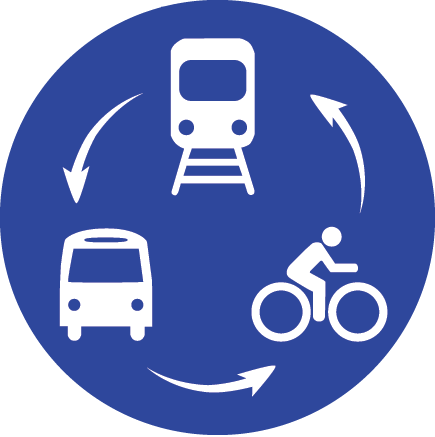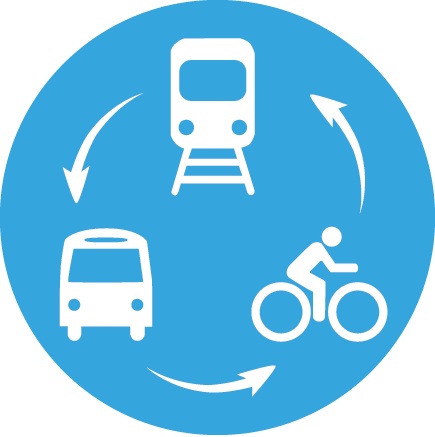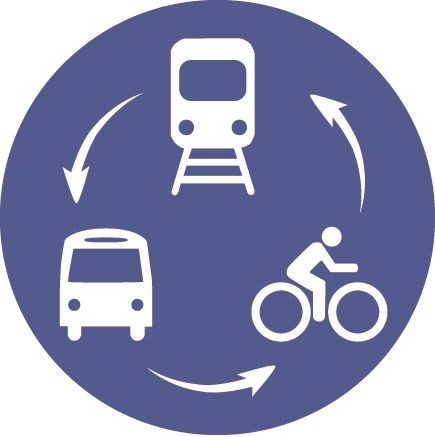SB-1.2 Low Energy Building Demonstration Projects
This folder contains low energy building demonstration projects that showcase the latest developments in sustainable design in an applied, real-world setting. Where possible, construction costs and energy savings are included to help evaluate projects.




